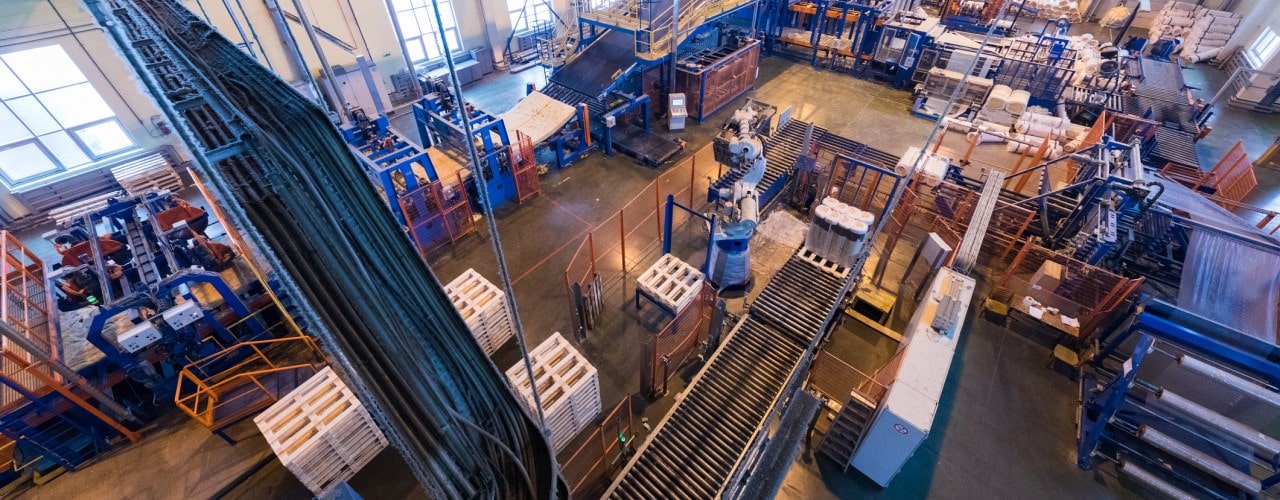Warehouse Optimisation: Is the customer king?
Warehouse “optimisation” is a term that we have heard a lot of in recent months and years. However, although it might feel a bit like it has become a buzzword the reality is that it represents an opportunity to introduce greater efficiency and productivity – as long as the customer is put at the centre of any optimisation plan.
Focus on your key asset: your customers
Customers are the foundation on which any business can build a better, brighter future. However, this doesn’t happen on its own. Unfortunately it’s all too easy to break down trust that has been established with customers – it takes just two bad experiences for 40% of customers to stop buying from a brand. That puts customer experience right at the heart of an enterprise and that means ensuring that fulfilment is competitive and high quality if expectations are going to be met.
Warehouse optimisation with the customer at its centre
Customers today have a lot of choice about who they buy from and big players, such as Amazon, are constantly pushing up expectations when it comes to fulfilment and delivery. Warehouse optimisation can help to ensure that a business remains competitive and is able to build strong and flexible relationships with customers into the long term. This may involve..
- Investing in technology. Even for smaller businesses it’s possible to stay competitive thanks to advances in technology that have created a much more level playing field. Enterprise Resource Planning systems, for example, will provide options for collecting and analysing data to identify where process optimisation changes are likely to make the biggest difference.
- Responding to market shifts. The system that has worked for your warehouse in the years gone by may simply not be appropriate now. For example, switching to a leaner approach to inventory can enable a business to streamline costs as well as providing the agility to respond to changes in demand.
- Being an early adopter. New technology is available to any organisation today and can be game changing for smaller businesses. For example, Artificial Intelligence – used in combination with an enterprise resource planning system - has a lot to offer SMEs in terms of forecasting demand and predicting future fluctuations.
- Up front costs vs. long-term reward. Optimisation may often involve up front expenditure, whether that is upgrading or investing in new systems and software, and this can seem off-putting. However, it’s important to weigh up the benefits of working with up to date systems that offer a range of features designed to increase efficiency and reduce revenue loss. In the long term this initial investment is often more than justifiable.
- Getting the basics right. For many industry experts the discussion today assumes that effective, efficient (and often automated) picking and packing is now a given. These basics need to be supported by a commitment to remaining competitive by investing in systems that allow for greater insight and efficiency into the broader business too.
There’s no doubt that the customer needs to be at the centre of any plan for optimisation, now and in the future.

Leave a comment